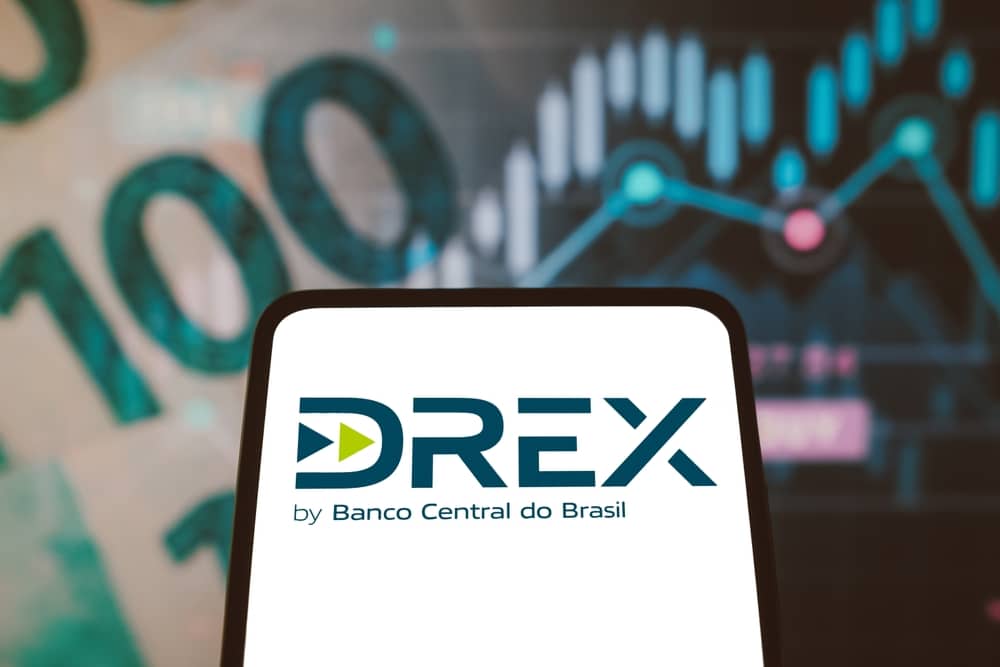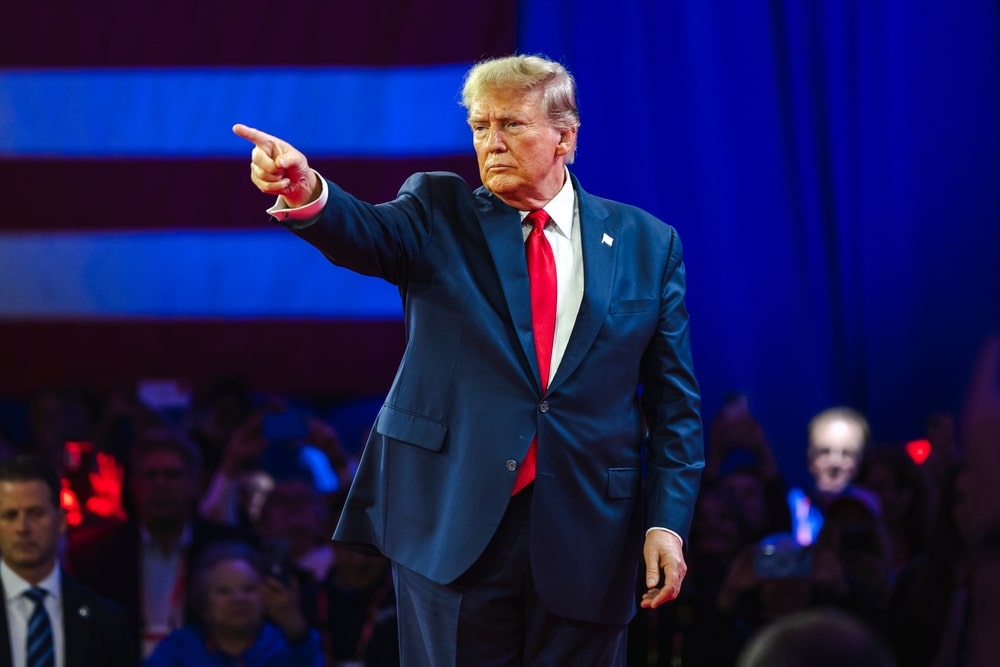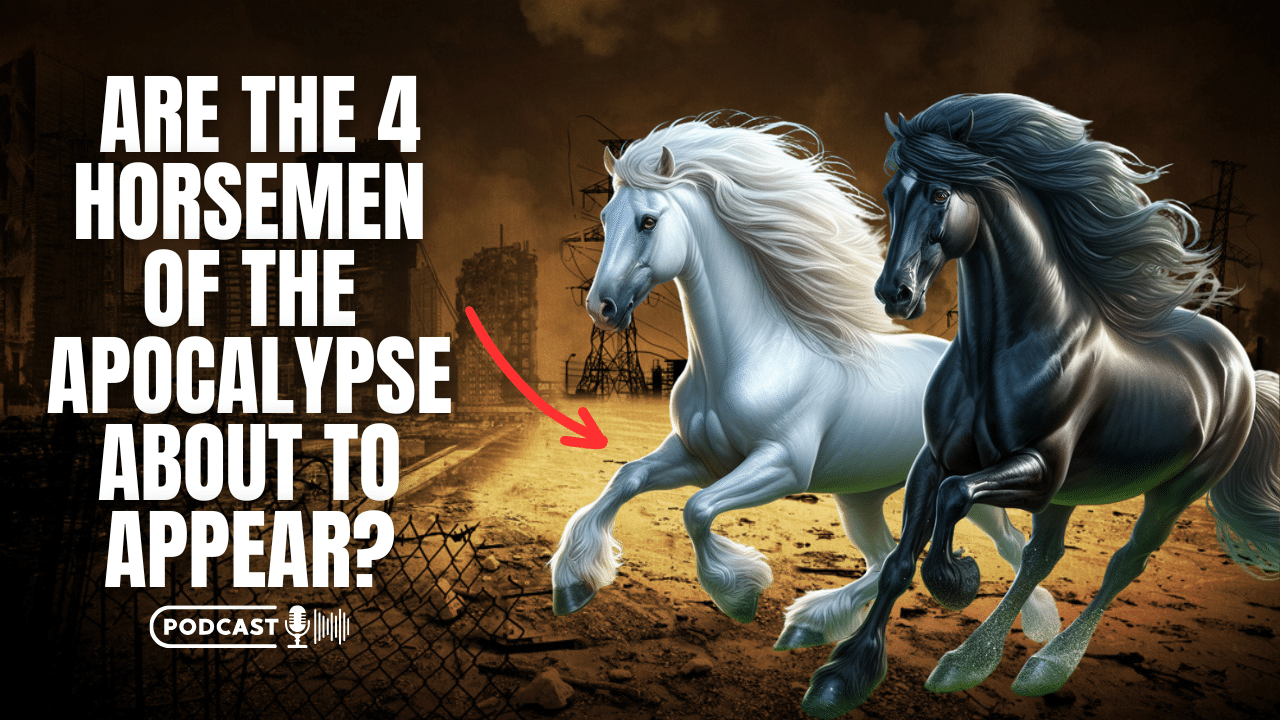It’s official: the Brazilian Central Bank has announced the introduction of its CBDC (Central Bank Digital Currency). It’s called DREX, the acronym for Digital Real Electronic X (real is Brazil’s currency), and the finished logo reveals the project is, in fact, quite advanced. Here’s the meat of the Central Bank’s press release:
DREX is coming to facilitate the life of Brazilians. With a new face, our Central Bank Digital Currency project – created and operated by the Brazilian Central Bank – has its own name. Previously called Real Digital, it will provide a safe and regulated environment for new businesses and more democratic access to the benefits of digitalizing the economy for citizens and entrepreneurs.
The brand, developed by the Central Bank, the combination of letters creates a word with strong and modern sonority; D and R allude to Real Digital; E comes from electronic, and the X gives the idea of modernity and connection, or the use of Distributed Ledger Technology (DLT) adopted by DREX, giving continuity to the family of Central bank solutions created by the Pix.
The coordinator of the initiative at the central bank, Fabio Araujo, had more to add. During a live event for the press, he emphasized that “the development of DREX is primarily aimed at improving access to financial services…” He added that “By enabling simple and reliable access to registered values through DLT technology, we reduce costs and democratize access to financial services.”
Even though it’s based on blockchain technology, DREX is actually a tokenized real regulated by the central bank. That’s what each and every CBDC being developed at the moment is about (and believe me, every country’s CB is currently working on that).
According to the monetary institution, the DREX will be pegged to the real at 1:1 rate, and freely exchangeable. In other words, anyone can instantly exchange between DREX and physical notes without bureaucracy at any moment. However, transactions between reals and DREX will have a cost, though the central bank hasn’t been clear on what that will be.
I’m not an expert, but how exactly that will work isn’t clear to me at the moment. I mean, it will be a one-to-one value, but the transaction has a fee, however nominal. Imagine the cumulative effect of millions of transactions or large-sum contracts. I guess we’ll have to wait for more details on that.
In fact, people are willingly giving up physical currency already for various reasons that don’t really matter now. Notwithstanding, one of the stated intentions is to replace cash with DREX in the future, so they’re not even hiding it anymore. (READ MORE)

















